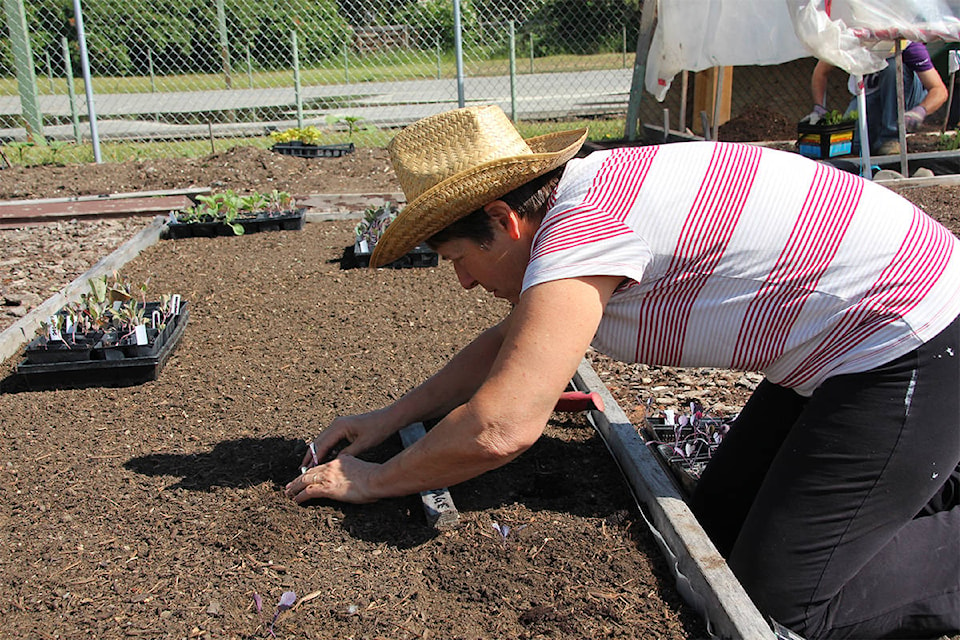Callandra Neustater
Observer Contributor
While it is very likely that gardens have been planned, prepped and planted already, it is worthwhile to consider crop rotation, if not for this season, then for next. Crop rotation is the practice in which different crops are grown in the same plot each year. Soil needs to be replenished with a variety of nutrients on a regular basis. Through the practice of crop rotation, soil is not used for only one set of nutrients, which over time completely depletes it of that nutrient, but instead is made to be variant and rich. Soil that is rich in nutrients is soil able to yield an abundance of high-quality crop and also results in decreased soil erosion. This practice can also be greatly beneficial when applied for grazing livestock.
Nitrogen is possibly the most important factor to consider when producing or maintaining healthy soil. The majority of nitrogen used in the gardening/farming world is provided in the form of industrially produced nitrogen fertilizers. Unfortunately, these fertilizers have aided worldwide ecological problems such as the development of coastal dead zones, as well as the a high carbon footprint needed to produce it. Luckily, there are biological options that are able to provide natural means of nitrogen.
Discovering more about a plant can help determine things such as deficient and excess nutrients, pest management, weed management, how nitrogen in soil may be effected, how it may contribute to or control soil structure, and biomass (the total mass of organisms in a given area or volume), as well as how it contributes to soil organic matter content.
Legumes (beans, peas, nuts, lentils, alfalfa, clover, etc), are by far the most important nitrogen fixers. Plants in this family collect nitrogen from the soil, making them a valuable green manure. After harvesting from this plant, leave the biomass uncollected, or turn it back into the soil before reseeding. As the plant matter breaks down, the stored nitrogens collected will then be put back in to the soil becoming available for the next crop. Over time, practicing this crop rotation of nitrogen fixing plants, the seed collected will also be highly rich in nitrogen. Legumes also have heavy burrowing tap roots that lift soil for increased water absorption.
A fantastic way to produce outstanding soil with crop rotation, if space allows, is to use the two-field system. In this, the garden space is split in two halves. One half is planted with the desired food (or flower) crops, while the other is planted with a nitrogen-fixing cover crop. Year after year this is reversed: the half that had a cover crop is then planted with food crops, and so on. Grains, cereals and grasses (buckwheat, maize, millet, rye, barley, etc) are often used as cover crops for their many advantages to soil structure and quality. These crops have dense roots, able to stretch far under the top soil, providing an exceptional biomass. The far-reaching roots of these crops also provide weed management as they compete with undesired plants for soil space and nutrients. The key to these cover crops actually doing what is desired is to be sure to turn these plants in to the soil before they go to seed and not harvesting them for other uses.
While the two-field system is a popular one to use, there is no limit to the number of crops used in rotation. Planning a rotation can be made in years or seasons ahead of time, or right now, in a last-minute rush of planting a garden. While there are many options to consider, crop rotation is a flexible formula with no one true way to do it. The end goal is beautiful, healthy soil and a beautiful, healthy harvest. Give it a go, and happy gardening.
Callandra Neustater is a local green thumb.
